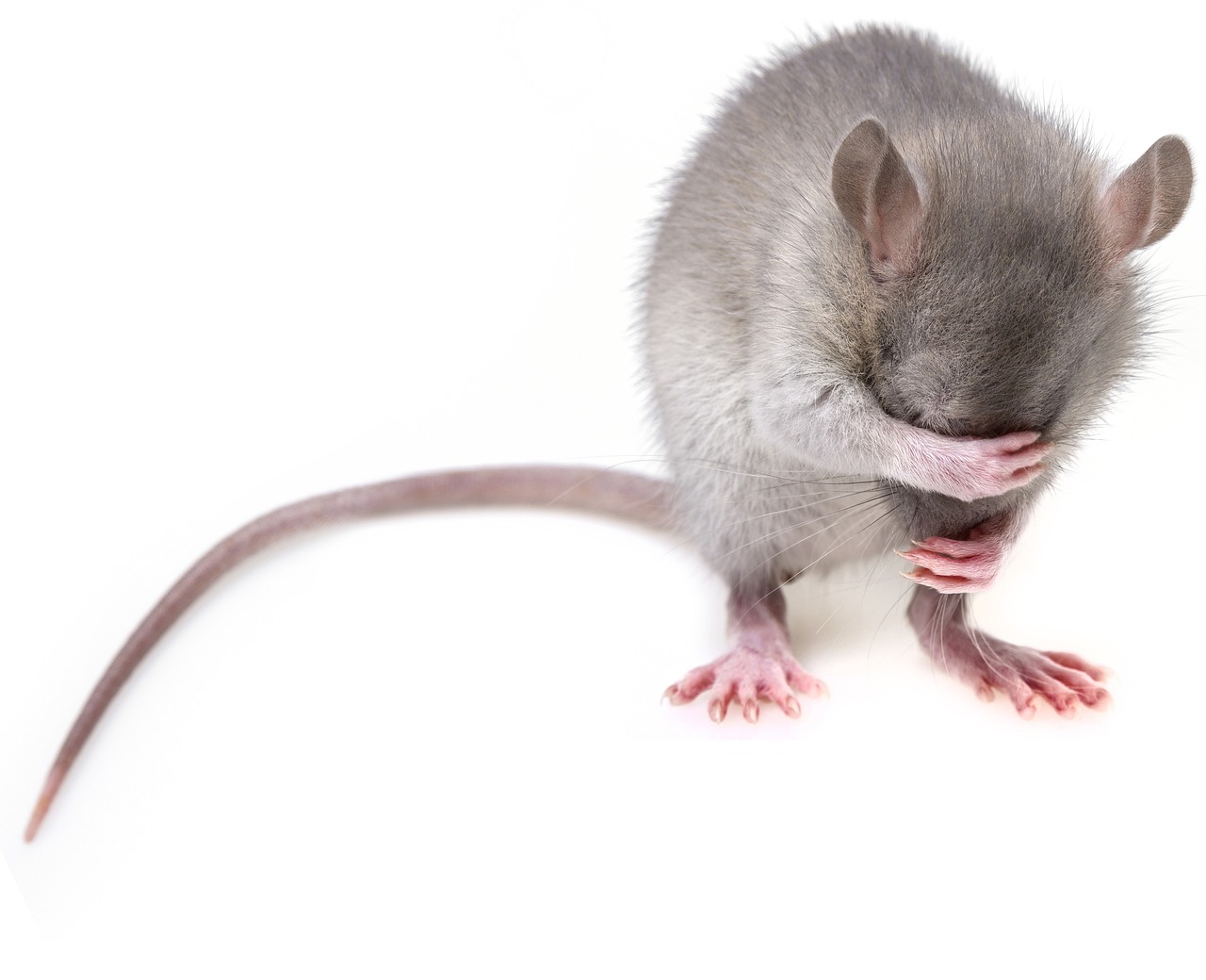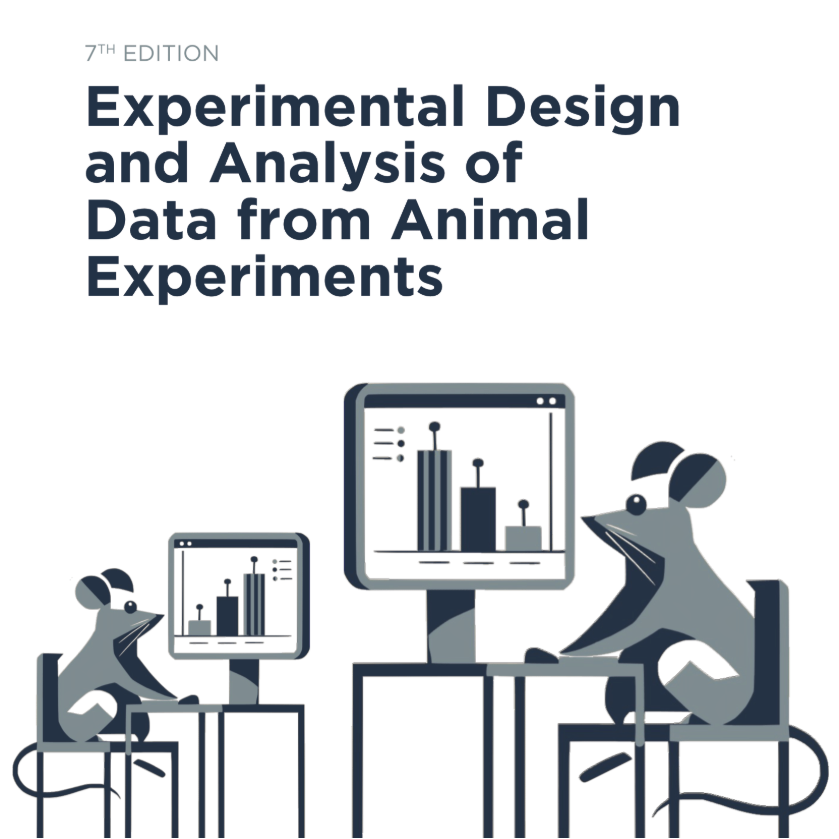
This FELASA accredited laboratory animal science course, covers functions (A), (B) and (D) according to Directive 2010/63/EU, through the theoretical and practical training components. The course combines theory (lectures, self-study) with practical exercises and group assignments. Focus is on how to design, plan and carry out experiments to minimize animal harm.
- Teacher: Andreia Costa
- Teacher: Sofia Lamas
- Teacher: Anna Olsson

This FELASA accredited laboratory animal science course, covers functions (A), (B) and (D) according to Directive 2010/63/EU, through the theoretical and practical training components. The course combines theory (lectures, self-study) with practical exercises and group assignments. Focus is on how to design, plan and carry out experiments to minimize animal harm.
- Teacher: Andreia Costa
- Teacher: Sofia Lamas
- Teacher: Anna Olsson

This online course was developed based on the Directive 2010/63/EU of the European Parliament for function A, and D (species: Mouse and Rat) and on the international recommendations for education and training of FELASA - Federation of European Laboratory Animal Science Associations, for Category B.
The i3S introductory online course covers all curriculum that should be approached during theoretical training, and id directed for researchers and technicians that need to handle and perform procedures with Rodents.
- Teacher: Andreia Costa
- Teacher: Sofia Lamas

This online course was developed based on the Directive 2010/63/EU of the European Parliament for function A, and D (species: Zebra Fish and Sea bass) and on the international recommendations for education and training of FELASA - Federation of European Laboratory Animal Science Associations, for Category B.
The i3S introductory online course covers all curriculum that should be approached during theoretical training, and id directed for researchers and technicians that need to handle and perform procedures with Fish.
- Teacher: Andreia Costa
- Teacher: Sofia Lamas

This course is targeted for investigators, PhD students, and research fellows that have to design and analyze data from experiments with animals. Includes lectures and practical exercises. CONTENTS: Purpose of design and its relation to data analysis Harm-benefit analysis and ethical considerations Formulating objectives and testing hypotheses Avoidance of bias (randomization, blind assessment, adequate controls) Independent replication and experimental units Estimating sample size Basic concepts in probability and statistics Single and two factor analysis of variance Analysis of covariance Data transformations and non-parametric methods Multivariate analysis of variance
- Teacher: Nuno Franco
- Teacher: Pedro Oliveira

This course is targeted for investigators, PhD students, and research fellows that have to design and analyze data from experiments with animals. Includes lectures and practical exercises. CONTENTS: Purpose of design and its relation to data analysis Harm-benefit analysis and ethical considerations Formulating objectives and testing hypotheses Avoidance of bias (randomization, blind assessment, adequate controls) Independent replication and experimental units Estimating sample size Basic concepts in probability and statistics Single and two factor analysis of variance Analysis of covariance Data transformations and non-parametric methods Multivariate analysis of variance
- Teacher: Nuno Franco

Necropsy is a common step when using laboratory animals as a terminal procedure for tissue collection. A good sampling technique is critical for study validation.
This workshop focuses on the anatomical features of mice and rat, euthanasia methods and refinement considerations, pathological findings and theoretical and practical lessons on necropsy technique. Topics: Laboratory mouse and rat anatomy and pathology; Euthanasia methods and refinement considerations and Necropsy technique and sample collection

Este curso on-line foi desenvolvido tendo como base as recomendações da directiva europeia 2010/63/EU para as funções A, C e D (espécie: roedores e coelho) e as recomendações da FELASA - Federation of European Laboratory Animal Science Associations para área de Educação e Formação, categoria B.
De acordo FELASA, a categoria B é um curso de 40 horas, que deve incluir módulos teóricos e práticos, direccionados para as pessoas que irão realizar procedimentos experimentais em animais vivos.
O curso online de introdução i3S abrange todos os conteúdos que devem ser abordados durante a formação teórica, tendo um total de aproximadamente 35 horas.
- Teacher: Andreia Costa

